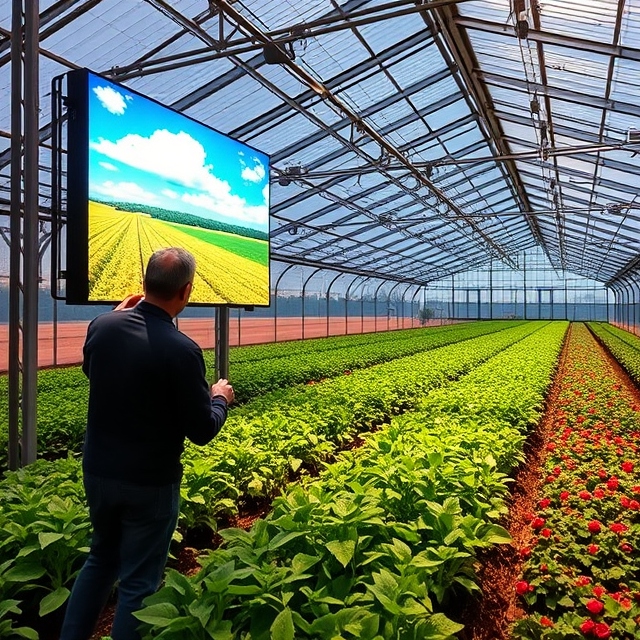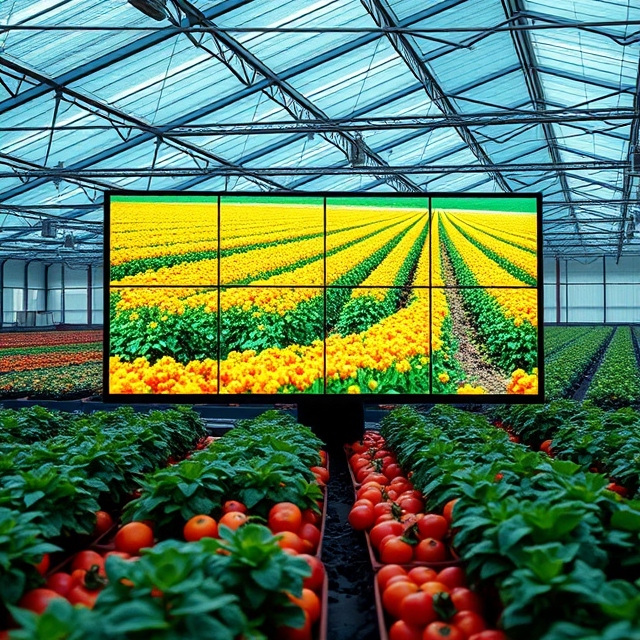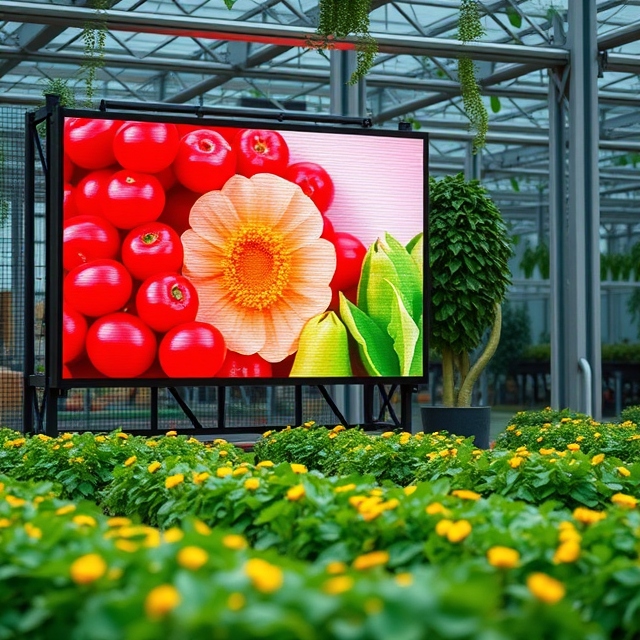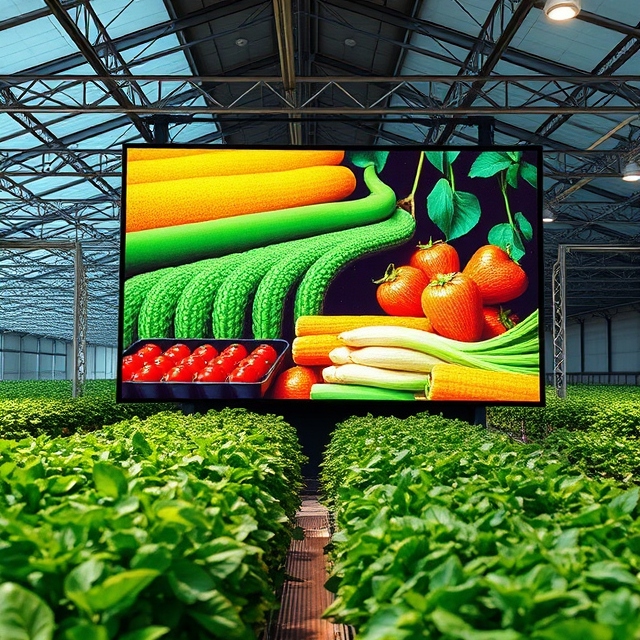- Home
- About Us
- Industries
- Agritech & Smart Farming
- Aquariums & Zoos
- Art & Cultural Exhibitions
- Automotive & Transportation
- Broadcasting & News
- Construction & Real Estate
- Corporate & Offices
- Cultural Heritage & Preservation
- Cybersecurity Operations
- Digital Content Creation & Media
- E-commerce & Online Retail
- Education
- Energy & Utilities
- Entertainment & Media
- Entertainment Arcades & Amusement
- Environmental Monitoring
- Event Management & Conferences
- Fashion & Apparel Retail
- Fashion Retail & E-commerce
- Finance & Banking
- Financial Trading & Stock Exchanges
- Fitness & Wellness
- Food & Beverage
- Food Processing & Manufacturing
- Gaming, Casinos, & Hospitality
- Government & Public Spaces
- Healthcare
- Hospitality & Event Venues
- Insurance
- Legal & Judicial
- Libraries & Community Centers
- Logistics & Supply Chain
- Luxury Cruise & Maritime
- Manufacturing & Industrial
- Meteorology & Climate Research
- Military & Defense
- Mining & Extraction
- Museums & Cultural Centers
- Non-Profit Organizations
- Oil & Gas Industry
- Professional Training & Development
- Public Health & Awareness
- Public Parks & Recreation Areas
- Public Safety & Law Enforcement
- Public Transportation
- Rehabilitation Centers
- Religious & Worship Spaces
- Renewable Energy
- Retail & Shopping Malls
- Retail Banking
- Security & Surveillance
- Social Media & Digital Marketing
- Sports & Stadiums
- Smart Cities & Urban Planning
- Supply Chain & Inventory
- Television & Film Production
- Travel & Hospitality
- FAQ
- Contact Us
- Home
- About Us
- Industries
- Agritech & Smart Farming
- Aquariums & Zoos
- Art & Cultural Exhibitions
- Automotive & Transportation
- Broadcasting & News
- Construction & Real Estate
- Corporate & Offices
- Cultural Heritage & Preservation
- Cybersecurity Operations
- Digital Content Creation & Media
- E-commerce & Online Retail
- Education
- Energy & Utilities
- Entertainment & Media
- Entertainment Arcades & Amusement
- Environmental Monitoring
- Event Management & Conferences
- Fashion & Apparel Retail
- Fashion Retail & E-commerce
- Finance & Banking
- Financial Trading & Stock Exchanges
- Fitness & Wellness
- Food & Beverage
- Food Processing & Manufacturing
- Gaming, Casinos, & Hospitality
- Government & Public Spaces
- Healthcare
- Hospitality & Event Venues
- Insurance
- Legal & Judicial
- Libraries & Community Centers
- Logistics & Supply Chain
- Luxury Cruise & Maritime
- Manufacturing & Industrial
- Meteorology & Climate Research
- Military & Defense
- Mining & Extraction
- Museums & Cultural Centers
- Non-Profit Organizations
- Oil & Gas Industry
- Professional Training & Development
- Public Health & Awareness
- Public Parks & Recreation Areas
- Public Safety & Law Enforcement
- Public Transportation
- Rehabilitation Centers
- Religious & Worship Spaces
- Renewable Energy
- Retail & Shopping Malls
- Retail Banking
- Security & Surveillance
- Social Media & Digital Marketing
- Sports & Stadiums
- Smart Cities & Urban Planning
- Supply Chain & Inventory
- Television & Film Production
- Travel & Hospitality
- FAQ
- Contact Us

Agritech & Smart Farming
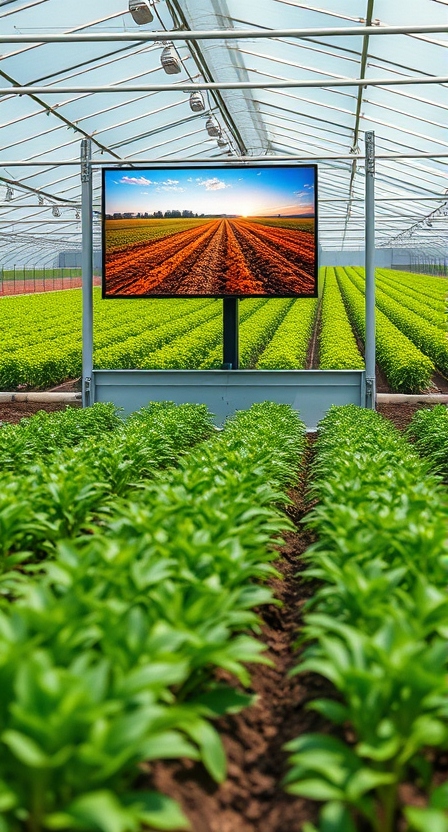
Uses Of Led Display For Agritech & Smart Farming
In the evolving world of agritech and smart farming, active LED displays are playing a pivotal role in enhancing productivity, optimizing farm operations, and improving the overall efficiency of agricultural practices. From real-time monitoring to educating farmers, these displays provide visual solutions that bridge the gap between technology and agriculture. With the rise of smart farming tools, data-driven insights, and automation, LED displays are becoming integral components in the digital transformation of the agricultural industry.
Benefits of Active LED Displays in Agritech and Smart Farming
- Real-Time Monitoring and Data Visualization:
LED displays are ideal for showcasing real-time agricultural data, such as soil moisture levels, temperature, humidity, crop health, and equipment performance. This provides farmers with immediate insights to make informed decisions and adjust their strategies accordingly. - Enhanced Communication and Training:
Active LED screens can be used for farmer education and training purposes, displaying information on the latest farming techniques, crop care tips, or guidelines for new technologies. They also facilitate easy communication of farm-related announcements or alerts, such as weather forecasts or market prices. - Weather and Environmental Information:
Farmers rely heavily on weather patterns, so LED displays can be used to show live weather updates, forecasts, and environmental conditions that directly affect farming operations. - Automation and System Integration:
LED displays can integrate with farm management systems and IoT devices, providing instant visual feedback on various automated processes, such as irrigation, fertilization, or crop monitoring, helping farmers optimize the use of resources. - Cost-Effective and Low Maintenance:
LED displays are durable and cost-effective, offering long-term benefits for farms and agricultural businesses. Their energy efficiency and low maintenance requirements make them a practical choice for extended outdoor use.
Applications of Active LED Displays in Agritech and Smart Farming
- Farm Monitoring Stations
Purpose: Provide farmers with real-time data on crop health and environmental conditions.
Content Ideas:
- Climate and Soil Data:Show real-time updates on soil temperature, moisture levels, and air humidity.
- Pest and Disease Monitoring:Use visual analytics to alert farmers of potential pest infestations or crop diseases by displaying sensor data or images from smart cameras.
- Automated Irrigation and Fertilization Systems
Purpose: Optimize resource usage through data-driven management of irrigation and fertilizers.
Content Ideas:
- System Performance Data:Display information about irrigation schedules, water usage, and fertilizer application in real-time to ensure efficient resource management.
- Water Usage Alerts:Notify farmers of any irregularities in the irrigation system, such as leaks, water flow issues, or system malfunctions.
- Weather Stations and Alerts
Purpose: Keep farmers informed about weather conditions that affect their crops and operations.
Content Ideas:
- Real-Time Weather Updates:Display weather forecasts, including rainfall predictions, temperature variations, and severe weather alerts.
- Climate Change Insights:Use LED displays to visualize long-term climate data and trends, helping farmers adjust their practices to future conditions.
- Farm Equipment Monitoring and Control
Purpose: Enhance the performance and maintenance of farm machinery and equipment.
Content Ideas:
- Equipment Health Monitoring:Display real-time information on machinery performance, including fuel levels, operating hours, and maintenance needs.
- Diagnostic Alerts:Show diagnostic messages for equipment issues, ensuring that farmers can address problems before they lead to costly breakdowns.
- Livestock Management
Purpose: Improve the management of livestock health and well-being.
Content Ideas:
- Health Data Displays:Show real-time health information for livestock, including feed consumption, weight, and vital signs.
- Tracking Movement and Activity:Use LED displays to show the location and activity data of livestock, enabling farmers to monitor the movements and behaviors of animals in real time.
- Smart Greenhouses
Purpose: Optimize growing conditions in controlled environments.
Content Ideas:
- Temperature and Humidity Control:Display the current temperature, humidity, and CO2 levels in greenhouses to help maintain the ideal growing environment.
- Crop Growth Monitoring:Use LED displays to showcase growth metrics and crop conditions, including light intensity, irrigation levels, and nutrient data.
- Agricultural Market Information
Purpose: Provide farmers with up-to-date market trends and pricing information.
Content Ideas:
- Market Prices:Display live market prices for various crops, allowing farmers to make data-driven decisions about when and where to sell their produce.
- Commodity News and Trends:Show visual updates on global and local agricultural trends, helping farmers stay informed about changes in demand, crop prices, and agricultural policies.
- Public Awareness and Education
Purpose: Educate farmers and the public about sustainable farming practices.
Content Ideas:
- Sustainability Tips:Display educational content about sustainable farming techniques, pest management, organic farming, and eco-friendly practices.
- Training Programs:Use LED displays to promote workshops, webinars, and training programs on new technologies, best practices, or government incentives for farmers.
- Agricultural Expos and Trade Shows
Purpose: Showcase innovations in agricultural technologies and connect industry players.
Content Ideas:
- Product Demonstrations:Use LED displays at agricultural expos to showcase the latest farm machinery, tools, or smart farming technologies in action.
- Interactive Experiences:Incorporate interactive features, such as virtual tours or product information kiosks, using touch-enabled LED screens to engage attendees.
- Crop and Yield Forecasting
Purpose: Help farmers make strategic decisions regarding crop rotation, planting, and harvest.
Content Ideas:
- Yield Predictions:Use historical data and predictive analytics displayed on LED screens to forecast crop yields based on current conditions and farming practices.
- Growth Stage Visualization:Show visual representations of crop growth stages, helping farmers determine the best time for planting, irrigation, or harvest.
Features
- List Item
- List Item
- List Item
- List Item
Advantages
- List Item
- List Item
- List Item
- List Item
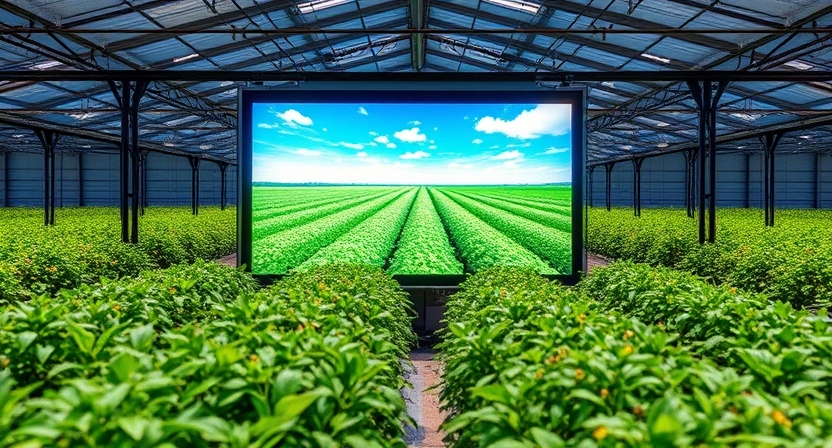
Placement Tips for LED Displays in Agritech and Smart Farming
- Field Stations:
Place LED displays at key locations within the fields to provide instant visual access to critical data like soil health, crop growth, and weather conditions. - Farm Management Centers:
Use large LED displays in central hubs or farm management offices to consolidate and display data from different sensors, equipment, and field stations, enabling farmers to monitor all aspects of the farm from one location. - Greenhouses and Livestock Areas:
Install LED displays inside greenhouses or livestock areas to show real-time data on environmental conditions, livestock health, and resource usage. - Farm Entry Points:
Place LED screens at the entrance of farms or agritech facilities to display important alerts, weather warnings, or news that could impact operations. - Expos and Conferences:
Use LED screens to display digital signage, promote sustainable farming practices, or showcase smart farming technologies at industry trade shows, expos, and conferences.
Conclusion
Active LED displays are increasingly becoming an indispensable tool in agritech and smart farming, helping farmers monitor, manage, and optimize their operations with real-time, data-driven insights. From improving the efficiency of irrigation systems to enhancing livestock management and educating farmers on new technologies, LED displays provide the visibility and engagement needed for the future of agriculture. As agritech continues to advance, the integration of LED displays in farming practices will further empower farmers to make smarter, more sustainable decisions, ultimately transforming agriculture into a more productive and sustainable industry.
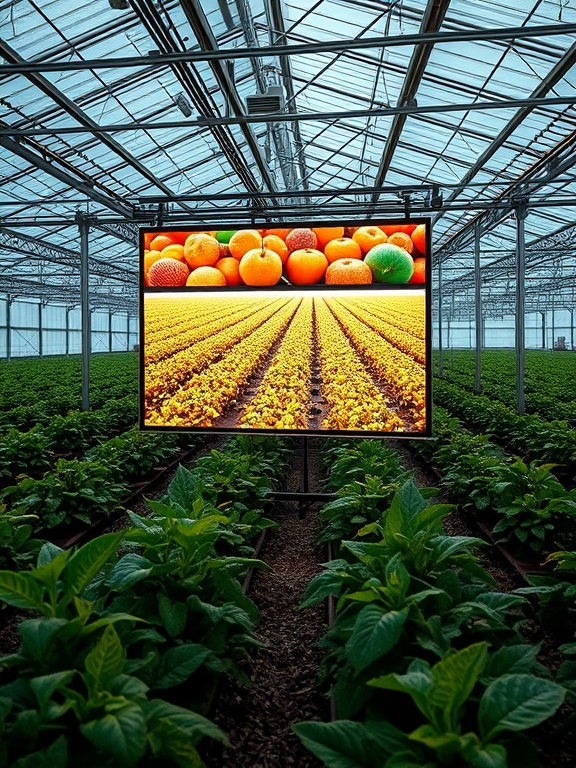
illuminits LED Walls?
Technology
There are three primary LED video wall technologies: ultra-narrow bezel LCD, rear-projection cubes, and direct-view LED displays. Ultra-narrow bezel LCD is the most cost-effective option.
Size
The great thing about illuminits video walls is that they are modular, so you can get them in any size or aspect ratio you want.
Support
The heavier the video wall system becomes, the more panels there are. This puts additional strain on the infrastructure that supports it. illuinits offers the best in-time assistance.
Service
Even high-definition video walls can have problems. This can be a minor or major issue. As a result, Aero provides a variety of comprehensive service packages that ensure minimal downtime at a low cost. Types Of LED Displays
